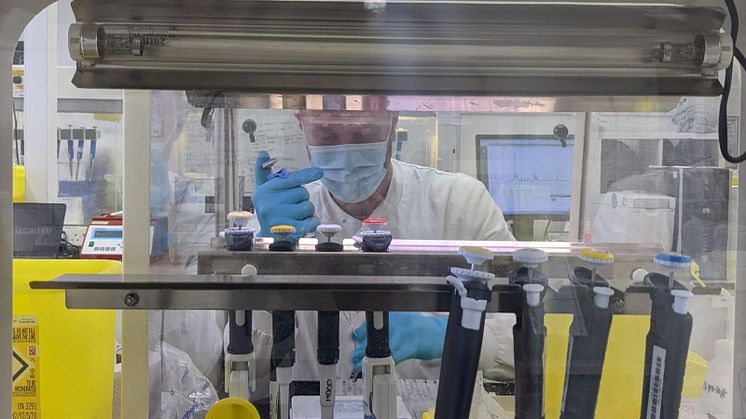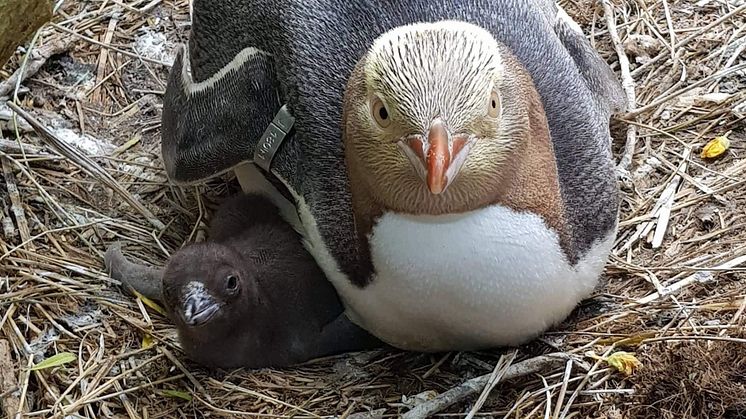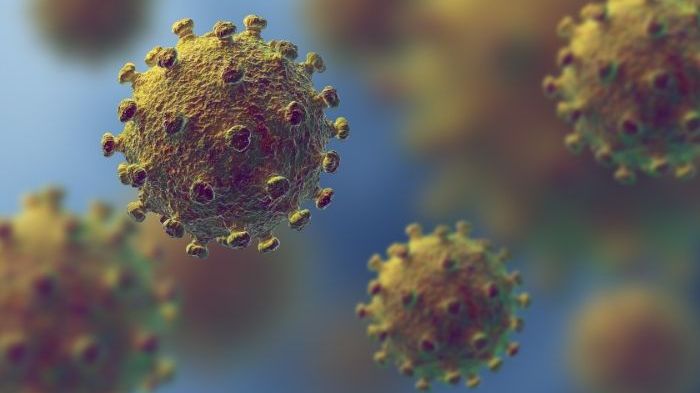
Press release -
Diphtheria risks becoming ‘major global threat’ again as it evolves resistance to antimicrobials
Diphtheria is evolving to become resistant to a number of classes of antibiotics and in future could lead to vaccine escape, warn an international team of researchers from the UK and India.
The researchers, led by scientists at the University of Cambridge and including academics from Northumbria University, say that the impact of COVID-19 on diphtheria vaccination schedules, coupled with a rise in the number of infections, risk the disease once more becoming a major global threat.
Their findings are published today (Monday 8 March) in Nature Communications.
Diphtheria is a highly contagious infection, mainly spread by coughs, sneezes or close contact with an infected person. It can affect the nose and throat, and sometimes the skin, and if left untreated can prove fatal.
It is relatively easy to prevent, with vaccinations given to babies. Yet approximately 15% of the world’s infants do not have access to it. In a few low- and middle-income countries, the disease is still causing sporadic infections or outbreaks in unvaccinated and partially vaccinated communities.
The number of diphtheria cases reported globally has been increasing gradually. In 2018, there were 16,651 reported cases – the highest incidence in 22 years and more than double the yearly average of 8,105 cases between 1996–2017.
The team of researchers, which includes Dr Vartul Sangal from Northumbria University’s Department of Applied Sciences, used genomics to map infections, including a subset from India, where over half of the globally reported cases occurred in 2018.
Diphtheria is primarily caused by the bacterium Corynebacterium diphtheriae. In most cases, the bacteria cause acute infections, driven by the diphtheria toxin – the key target of the vaccine. However, non-toxigenic C. diphtheriae can also cause severe systemic infections.
This study analysed the largest global genome sequence dataset, including 61 novel strains from India and publicly available data of 441 isolates, collected over a century, to investigate the spread and spatiotemporal adaptation of this pathogen. They also assessed the abundance of antimicrobial resistance (AMR) genes and variations in genes encoding the toxin.
The researchers found clusters of genetically-related strains isolated from multiple continents, most commonly Asia and Europe. This indicates that C. diphtheriae has been established in the human population for at least over a century, spreading across the globe as populations migrated and people travelled more freely.
The main disease-causing component of C. diphtheriae is the diphtheria toxin, which encoded by the tox gene. It is this component that is targeted by the antibodies induced by the vaccine. In total, the researchers found 18 different variants of the toxgene, of which some may have the potential to alter the structure of the toxin.
Dr Sangal is an expert in cellular and molecular sciences who has researched diphtheria for almost a decade. He explained: “We were rather alarmed when our findings revealed that the gene that produces the toxins has several mutations, some of which could be considered to have high impact.
“Although diphtheria is largely controlled, it is not eradicated, and as we can see, the antimicrobial resistance is emerging.
“Before the introduction of vaccine, diphtheria was a leading cause of childhood death around the world. With the evidenced rise in cases, it seems that diphtheria is a re-emerging old foe of humankind and could become a potential major global threat. We need to encourage people in countries with poor vaccine coverage to get vaccinated to protect themselves and others.
“And importantly, these findings show that we also need to look for alternative, preventative and effective treatment strategies to ensure we can continue to control diphtheria in the future.”
Dr Ankur Mutreja from the Cambridge Institute of Therapeutic Immunology and Infectious Disease, who led the study, said: “It’s more important than ever that we understand how diphtheria is evolving and spreading. Genome sequencing gives us a powerful tool for observing this in real time, allowing public health agencies to take action before it’s too late.
“We mustn’t take our eye off the ball with diphtheria, otherwise we risk it becoming a major global threat again, potentially in a modified, better adapted, form.”
The researchers say that COVID-19 has had a negative impact on childhood vaccination schedules worldwide and comes at a time when reported case numbers are rising.
Diphtheria infections can usually be treated with a number of classes of antibiotic. While C. diphtheriae resistant to antibiotics have been reported, the extent of such resistance remains largely unknown.
Erythromycin and penicillin are traditionally recommended antibiotics of choice for treating confirmed cases of early-stage diphtheria. When the team looked for genes that might confer some degree of resistance to antimicrobials, they found that antimicrobial resistance genes are becoming more abundant in this pathogen.
The team identified genes that may confer resistance to six different classes of antibiotics among isolates from the 2010s. Genomes of bacteria isolated from infections in the last decade (2010-19) showed the highest average number of antimicrobial resistance genes per genome, recording almost a four-fold increase in comparison to the 1990s.
The study, Spatiotemporal persistence of multiple, diverse clades and toxins of Corynebacterium diphtheria,is now available in Nature Communications.
Topics
Categories
Northumbria is a research-rich, business-focused, professional university with a global reputation for academic excellence. Find out more about us at www.northumbria.ac.uk --- Please contact our Media and Communications team at media.communications@northumbria.ac.uk with any media enquiries or interview requests ---













